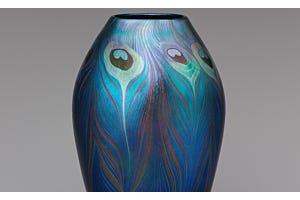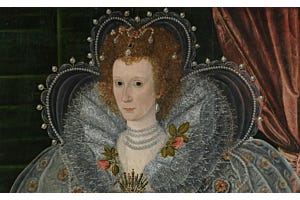
As the dog days of summer draw to a close and the autumn weather brings a crispness to the air, we present new items inspired by the breadth of art and objects in the Museum’s collection. The 80 designs in our Early Fall Catalog evoke sources ranging from Sumatran textiles to Japanese costumery, which we’ve translated into new lines of tableware, home decor, jewelry, scarves, calendars, ornaments, and more.
Our Sumatran Symbols collection features celestial motifs adapted from a late 19th–early 20th century Indonesian ceremonial mat, or lampit. Part of Southeast Asia’s rich textile heritage, lampit mats were often woven out of bamboo fibers and patterned with a hot poker in a process known as pyrography. Emblazoned with mystical images of moons, stars, birds, tendrils, and concentric circles, the mat in The Met collection visualizes a system of divine cosmology. The stratified arrangement of the motifs may have served as a metaphor for the long-standing hierarchical order within Indonesia’s ruling class.
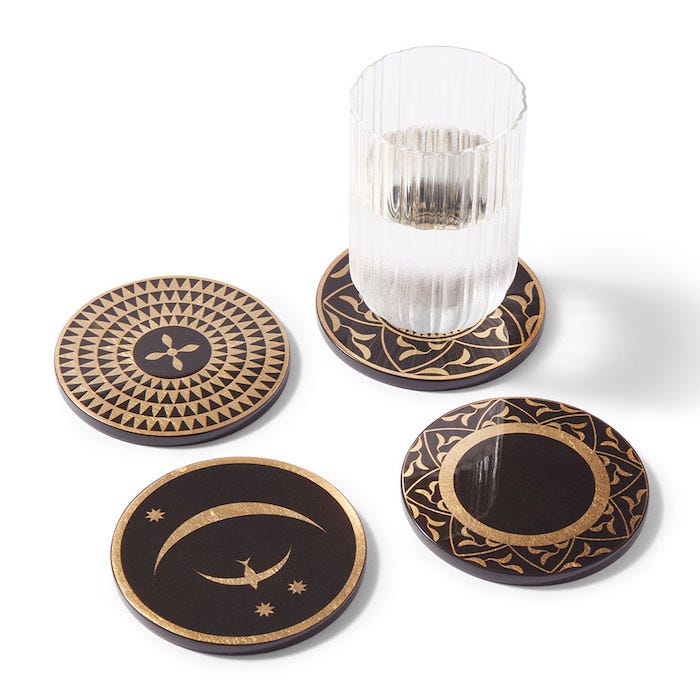

Used during important rituals such as weddings and funerals, these textiles played both a decorative and symbolic role in rite-of-passage ceremonies. The Met Store has reimagined this Sumatran treasure in pieces for the home, all made of lacquered wood in elegant shades of black and gold.
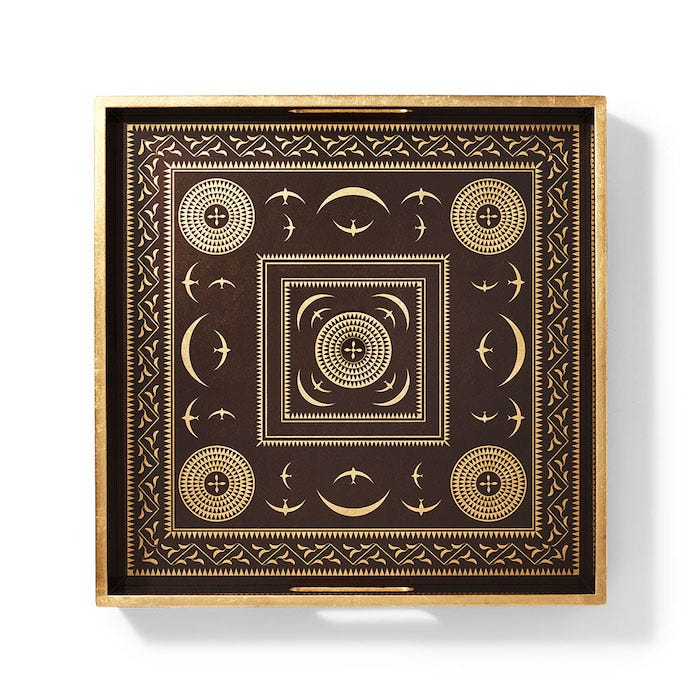

Moving from the island of Sumatra to the archipelago of Japan, the Interlaced Circles collection pays homage to sashiko, a Japanese quilting technique that uses a running stitch to reinforce the strength of a textile or combine scraps of cloth into a new garment. Japanese farmers often used this threading process to create outerwear that was both durable and sustainable. From this utilitarian function came the decorative tradition of sashiko, as seen in a late 19th-century Japanese cotton jacket in the Museum’s holdings.
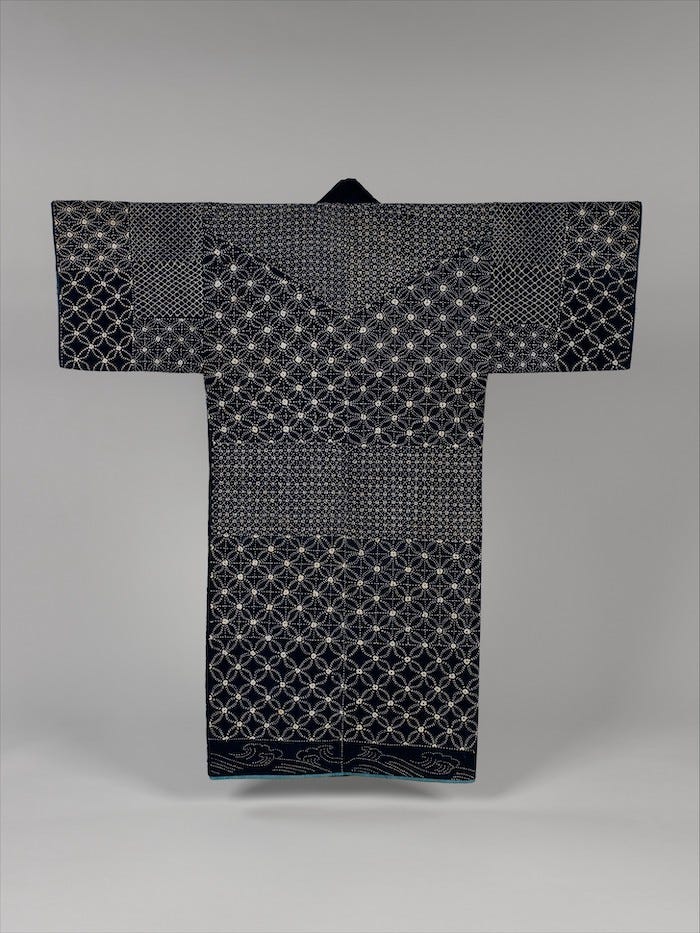

While the waves stitched into the bottom band of the robe add a striking ocean theme, perhaps its most remarkable design feature is the grid of interlacing circles that adorns the surface of the fabric. This stitched latticework is a testament to the dazzling ingenuity of Japanese craftsmanship.
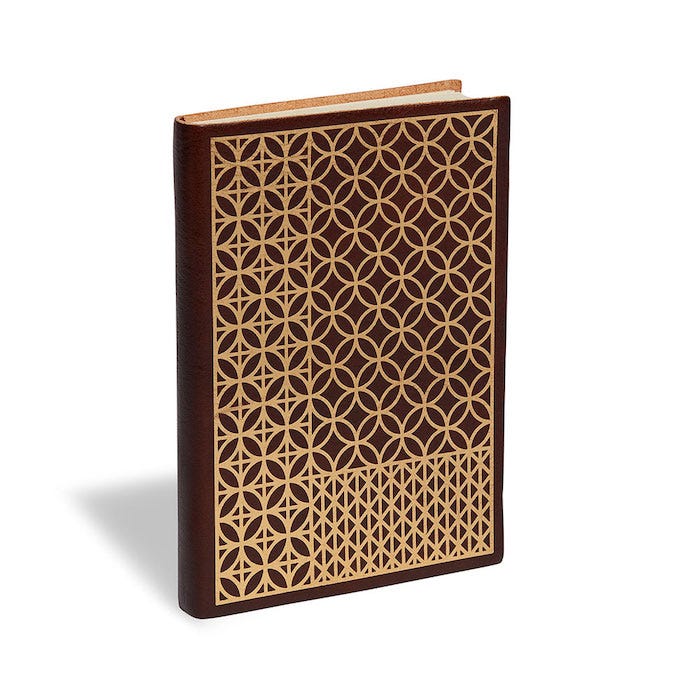

This season's newest jewelry references The Met’s expansive cross-cultural scope. These collections bear influences as varied as the designs themselves: Our Roman Chain jewelry, available in 18K gold plate and rhodium-toned plate, harkens back to a pair of ancient Roman belt attachments (1st century B.C.–1st century A.D.); a suite with greenline jasper alludes to an American Gilded Age chair commissioned by the famous industrialist William H. Vanderbilt; and varied of hoop earrings breathe new life into ancient adornments from Cypriot, Peruvian, and Colombian civilizations.
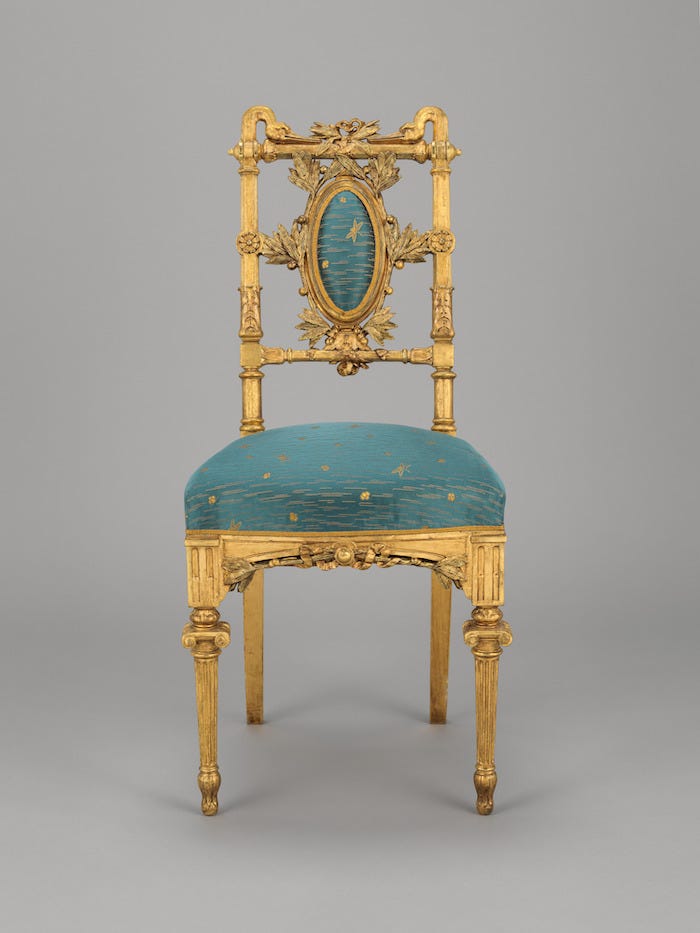

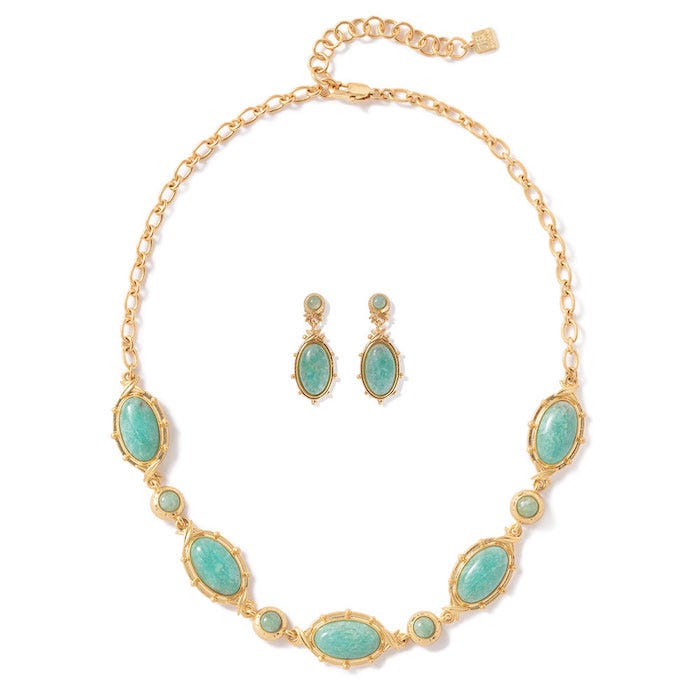

Dress for cooler weather in style with scarves that borrow geometric and floral motifs from Mali, Britain, and beyond, and stock up early on holiday gifts, ornaments, cards, and decor.
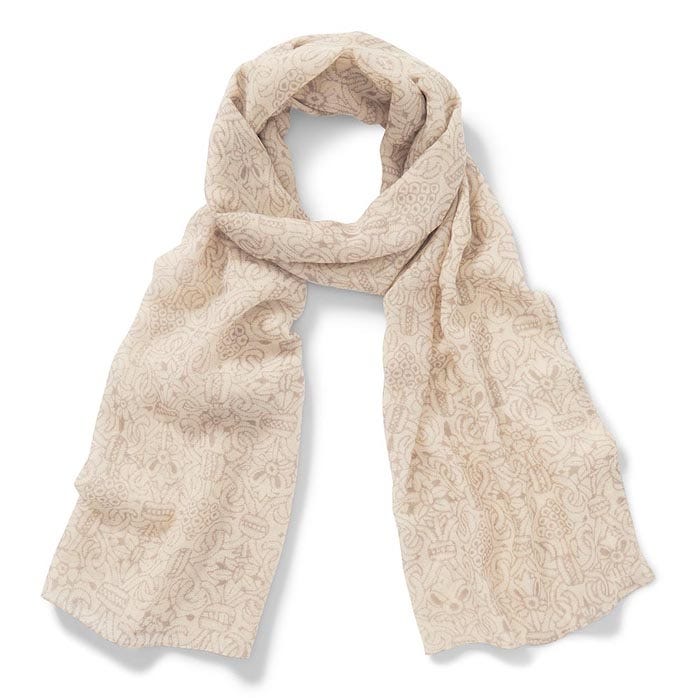

Ease into the year’s end with our latest catalog of artful products. Shop our website or visit us in-store to learn more about the works of art that inspired us this season.




